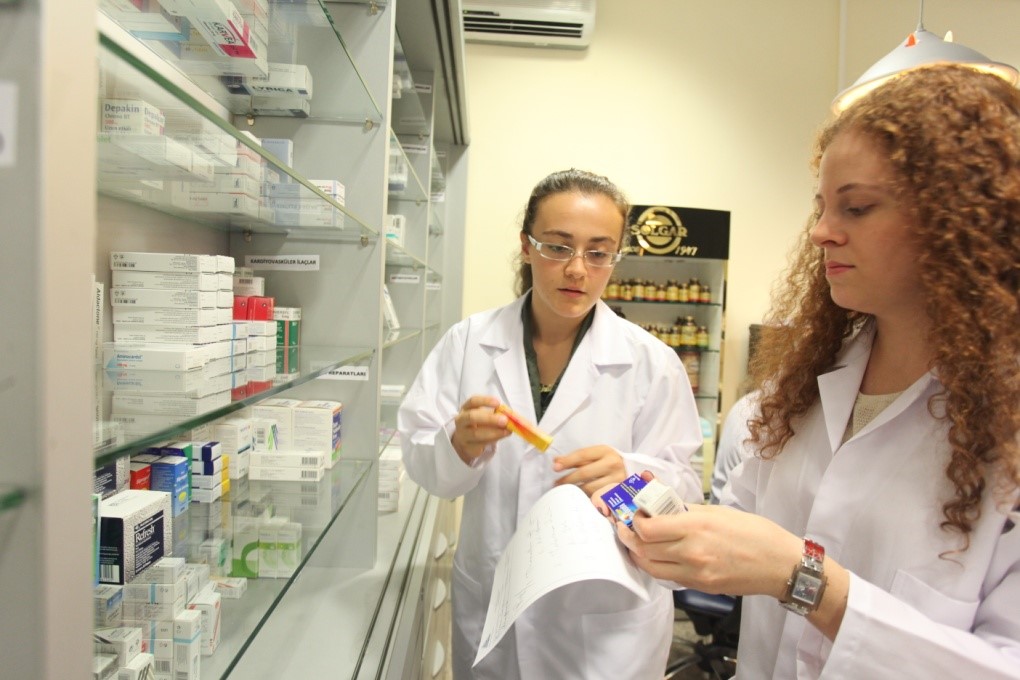
What is Physical Therapy?
The American Physical Therapy Association defines physical therapy as "... a health occupation whose main function is the promotion of optimal human health and function through the application of clinical concepts to avoid, determine, assess, remedy, or relieve severe or prolonged movement dysfunction".
Physical Treatment is an occupation whose primary purpose is the restoration, upkeep, and promo of ideal health, function, and quality of life for individuals of any ages. The science of physical therapy involves the application of healing methods, methods, and interventions that help rehabilitate an individual to their optimum physical potential. The art of physical therapy is assisting individuals help themselves.
In laws and regulations specifying practice, physical treatment is often defined as the care and services supplied by a physiotherapist or a physical therapist assistant under the instructions and guidance of a physical therapist, and include:
Alleviating problems and practical limitation by creating, carrying out, and modifying therapeutic interventions;
Avoiding injury, disability, functional limitation and special needs; and Participating in consultation, education, and research.
More info about the profession of physical treatment may be acquired by checking out the American Physical Treatment Association's website at www.apta.org
Who are Physiotherapist Assistants?
Physiotherapist Assistants, or PTA's, are competent health care suppliers who deal with and under the direction and guidance of a physiotherapist to provide physical treatment services. In order for a private to practice as a PTA, they must finish from a certified PTA program and successfully pass a licensing/certification test.
PTA's play an essential role in supplying physical treatment services for people with numerous impairments. When a patient looks for or is referred for physical therapy services, the physical therapist carries out an initial evaluation and details a plan of care. The PTA can then perform all or part of the treatment strategy as instructed by the physiotherapist.
The American Physical Treatment Association recognizes the PTA as the only person who assists the physiotherapist in the shipment of selected physical treatment interventions.
What does a Physical Therapist Assistant do?
The physical therapist assistant (PTA) carries out physical therapy interventions and associated jobs under the direction and guidance of a physical therapist. Such tasks might include training clients in restorative workout and activities of daily living, utilizing physical representatives such as cold, heat, electricity, or water for discomfort relief and healing, advising persons in using assistive gadgets for walking, taking part in wound care, promoting health and injury avoidance, providing client and family education, training patients in wheelchair activities, helping the physical therapist in carrying out client assessments and complicated interventions, and much more.
The PTA likewise keeps track of the client's reaction to treatment, performs numerous tests and procedures, documents pertinent aspects of client care, and maintains continuous communication with the supervising physiotherapist, as well as other healthcare experts.
What is the distinction between a PT and a PTA?
The physiotherapist (PT) and the physiotherapist assistant (PTA) differ in academic preparation and levels of responsibilities as it associates with the provision of physical treatment services.
Today, the overwhelming bulk of PT schools educate physiotherapists at the Doctorate level, although many practicing Home page therapists were informed when programs required just a Master's or Bachelor's degree. The PTA is informed at the Associate's degree level, which generally corresponds to two years of college.
The PTA has a working understanding of the theory behind treatment interventions, knows pathological conditions being dealt with, and understands how to use modalities and methods used to deal with those conditions.
The PT has extensive education in evaluative skills, research study, and administration, in addition to innovative coursework in human anatomy, neuroanatomy, orthopedics, pathology, and restorative strategies. Both the PT and the PTA should finish from certified programs and pass a licensing assessment in order to practice in their respective functions.
Consumers/patients may look for the services of the physical therapist straight, or, the patient might be described a physical therapist by a doctor. The PT performs the preliminary examination and examination of the patient. The assessment will result in a physical therapy medical diagnosis, and as suitable, the PT will develop goals or results to be accomplished by a physical treatment strategy of care and treatment plan.
The PTA can not carry out the initial assessment or evaluation; nevertheless, the PTA might assist the PT in gathering data. Following the examination of the client, the PTA may carry out picked interventions and data collection as directed by the monitoring PT. The PTA must constantly work under the instructions and supervision of a physical therapist. The collective relationship between the PT/PTA is highly reliable and valued, and the team significantly contributes to the success of the general rehab process.